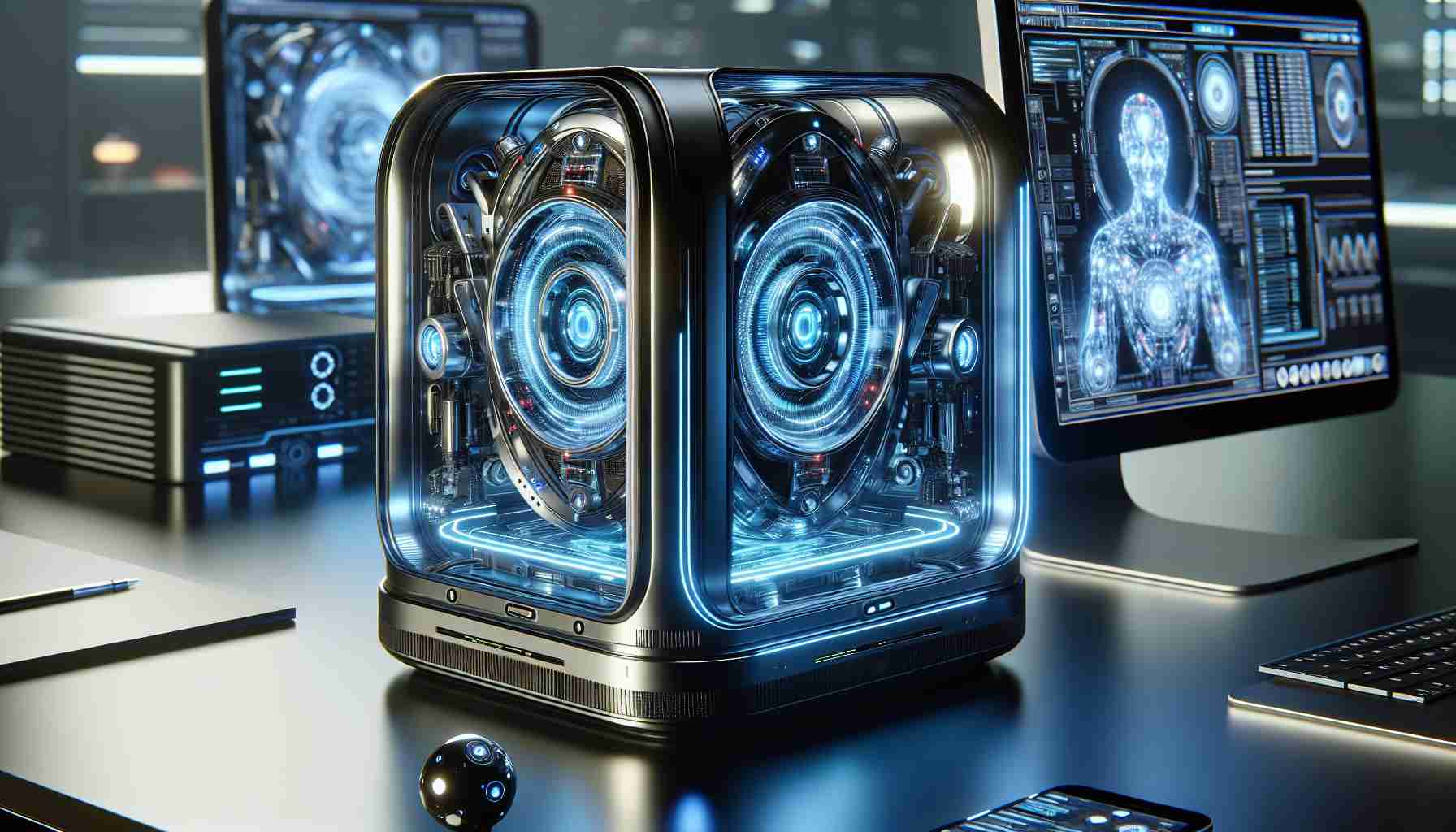The global PC market witnessed an impressive 3% year-on-year growth in the first quarter of 2024, marking a significant turnaround after eight consecutive quarters of decline. This growth can be attributed to the stabilizing inventory levels and the conclusion of the replacement cycle that was fueled by heightened demand during the COVID-19 pandemic. Market intelligence firm Counterpoint Research predicts that AI PCs will play a pivotal role in bolstering overall PC shipment recovery throughout the year.
Lenovo, HP, and Dell retained their positions as the top three PC manufacturers during this period. Lenovo experienced an 8% increase in shipments, allowing the company to regain its market share. Apple also demonstrated resilient performance with a 2% growth, driven by the success of its M3 base models.
Looking ahead, manufacturers are preparing to shift their focus towards promoting AI PCs as their main products in the latter part of 2024. With semiconductor companies gearing up to launch system-on-chips (SoCs) featuring higher TOPS (tera operations per second), the stage is set for a new wave of innovation in the PC market. This shift towards AI PCs is driven by the recognition of the potential of artificial intelligence in enhancing productivity and user experience.
The demand for AI PCs is expected to drive a fresh replacement cycle, further boosting shipment growth in 2024. As consumers and enterprises embrace the potential of AI technology, manufacturers are gearing up to meet this demand by offering AI-powered PCs that can deliver unparalleled performance and efficiency.
In conclusion, the global PC market is experiencing a resurgence, thanks to the growth in AI PCs. As manufacturers focus on promoting these cutting-edge devices and semiconductor companies prepare to launch advanced SoCs, we can expect to see continued growth and innovation in the PC industry throughout 2024.
The global PC market has experienced a significant resurgence in the first quarter of 2024, with a remarkable 3% year-on-year growth. This growth comes as a welcome change after eight consecutive quarters of decline. The stabilization of inventory levels and the conclusion of the replacement cycle, fueled by heightened demand during the COVID-19 pandemic, have contributed to this positive trend. Counterpoint Research, a market intelligence firm, predicts that AI PCs will play a crucial role in driving the overall recovery of PC shipments throughout the year.
During this period, Lenovo, HP, and Dell maintained their positions as the top three PC manufacturers. Lenovo, in particular, witnessed an 8% increase in shipments, allowing the company to regain its market share. Apple also displayed resilient performance, experiencing a 2% growth attributed to the success of its M3 base models.
Looking towards the future, manufacturers are shifting their focus towards promoting AI PCs as their primary products in the latter part of 2024. This strategic move aligns with semiconductor companies’ plans to introduce system-on-chips (SoCs) featuring higher tera operations per second (TOPS). With these advancements on the horizon, the PC market is primed for a new wave of innovation. The industry is recognizing the immense potential of artificial intelligence in enhancing productivity and user experience, which is driving this shift towards AI PCs.
The demand for AI PCs is expected to fuel a fresh replacement cycle, leading to further growth in PC shipments throughout 2024. As consumers and enterprises embrace the potential of AI technology, manufacturers are gearing up to meet this demand by offering AI-powered PCs that deliver unparalleled performance and efficiency.
In conclusion, the global PC market is currently experiencing a resurgence, largely driven by the growth in AI PCs. Manufacturers are actively promoting these cutting-edge devices, and semiconductor companies are preparing to launch advanced SoCs. As a result, the PC industry can anticipate continued growth and innovation throughout 2024.
The source of the article is from the blog radardovalemg.com
